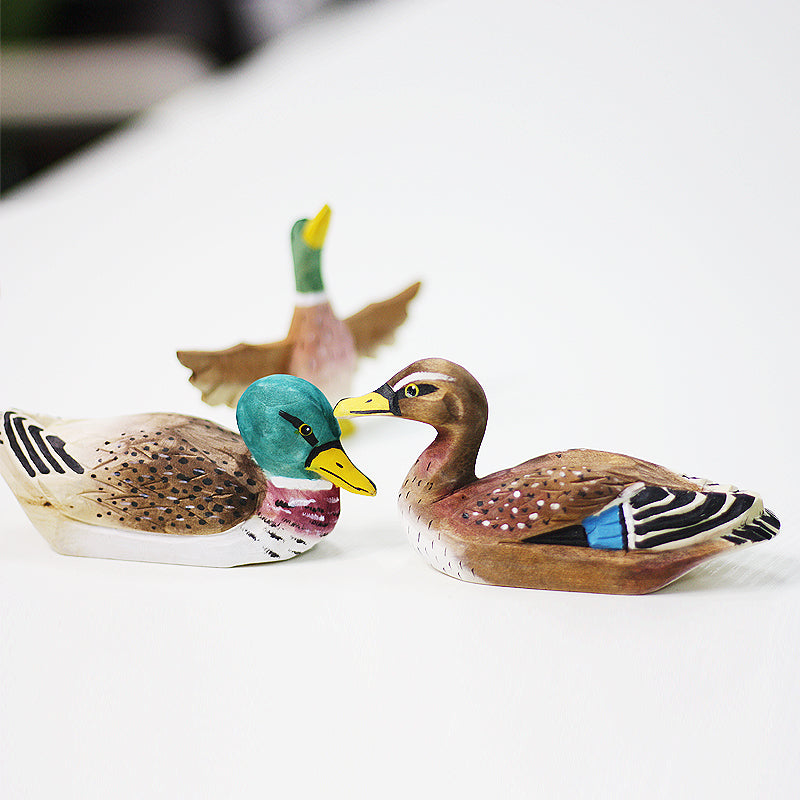
What to Know About Hand-Raising Geese: A Guide to Raising Happy and Healthy Goslings
Share
What to Know About Hand-Raising Geese: A Guide to Raising Happy and Healthy Goslings
 Geese are intelligent, social, and surprisingly affectionate birds. Raising them by hand from the time they hatch can create a special bond and result in tame, friendly companions. Whether you’re caring for them on a farm, homestead, or backyard, hand-raising geese requires proper knowledge, preparation, and a whole lot of patience.
Geese are intelligent, social, and surprisingly affectionate birds. Raising them by hand from the time they hatch can create a special bond and result in tame, friendly companions. Whether you’re caring for them on a farm, homestead, or backyard, hand-raising geese requires proper knowledge, preparation, and a whole lot of patience.
Here are the essentials to know when hand-rearing goslings (baby geese).
1. Prepare the Brooder: Warmth Comes First 🌡️
Newly hatched goslings cannot regulate their own body temperature.
You’ll need:
-
A large brooder box or tub lined with towels or straw.
-
A heat lamp to maintain temperatures of 32–35°C (90–95°F) during the first week.
-
Gradually reduce the temperature by 5°F each week until fully feathered (~6 weeks).
-
Make sure the brooder is dry, draft-free, and well-ventilated.
Tip: Avoid slippery flooring like newspaper—it can lead to leg injuries.
2. Feed a Proper Diet: Gosling Nutrition is Unique 🥬
Do not feed goslings chick starter feed made for baby chickens—it’s too high in protein and lacks important nutrients.
Offer:
-
Waterfowl starter feed or unmedicated chick feed (20–22% protein max)
-
Fresh greens like grass, lettuce, and dandelion
-
Grit (tiny stones) to help them digest if they are eating anything other than mash
Always provide clean water deep enough for them to dunk their beaks, which helps keep nostrils clear.
3. Safe Handling & Socialization 🤲
Goslings are social animals that imprint quickly.
To raise gentle, friendly geese:
-
Talk softly and handle them daily, especially during feeding.
-
Let them follow you as they would a parent goose.
-
Avoid rough or sudden handling which may cause fear or stress.
-
Never leave a gosling alone—they need companions (other goslings or even ducks/chickens).
Tip: If raised alone, a gosling will bond very strongly with its human caregiver.
4. Cleanliness Is Crucial 🧽
Geese are messy birds! Regular cleaning is key to preventing disease.
 Keep the brooder clean by:
Keep the brooder clean by:
-
Changing bedding daily or as needed.
-
Providing clean drinking water (change at least twice a day).
-
Washing food and water containers with warm soapy water.
Watch out for signs of illness like:
-
Lethargy
-
Runny droppings
-
Poor appetite
-
Labored breathing
Contact an avian vet if any symptoms appear.
5. Gradual Outdoor Introduction ☀️
When they are about 4–5 weeks old, you can start taking your goslings outside during warm, dry days for supervised exploration.
-
Make sure the area is safe from predators and escape-proof.
-
Let them graze on chemical-free grass.
-
Never leave young goslings outside alone overnight until they are fully feathered and the weather is mild.
Tip: Outdoor time helps with muscle development and reduces stress.
6. Transitioning to Adult Life 🦢
By 8–10 weeks, goslings begin to resemble adult geese.
At this stage:
-
Switch to adult waterfowl pellets.
-
Provide a larger enclosure or pond space.
-
Continue offering greens and grains.
-
Ensure plenty of clean water for swimming and bathing.
7. Know Their Social Needs 💞
Geese are flock animals and thrive in company.
-
 Consider raising at least two geese together.
Consider raising at least two geese together. -
They form strong lifelong bonds—with humans, other geese, or even ducks.
-
Lonely geese can become stressed or aggressive, especially during mating season.
Conclusion
Hand-raising a goose is a rewarding experience that requires time, effort, and compassion. With proper feeding, warmth, cleanliness, and attention to social needs, you can raise a goose that is not only healthy and confident but also your loyal feathered friend.
Whether you're raising them for companionship, guarding your backyard, or as part of a hobby farm, geese will reward you with affection, loyalty, and surprisingly big personalities.














